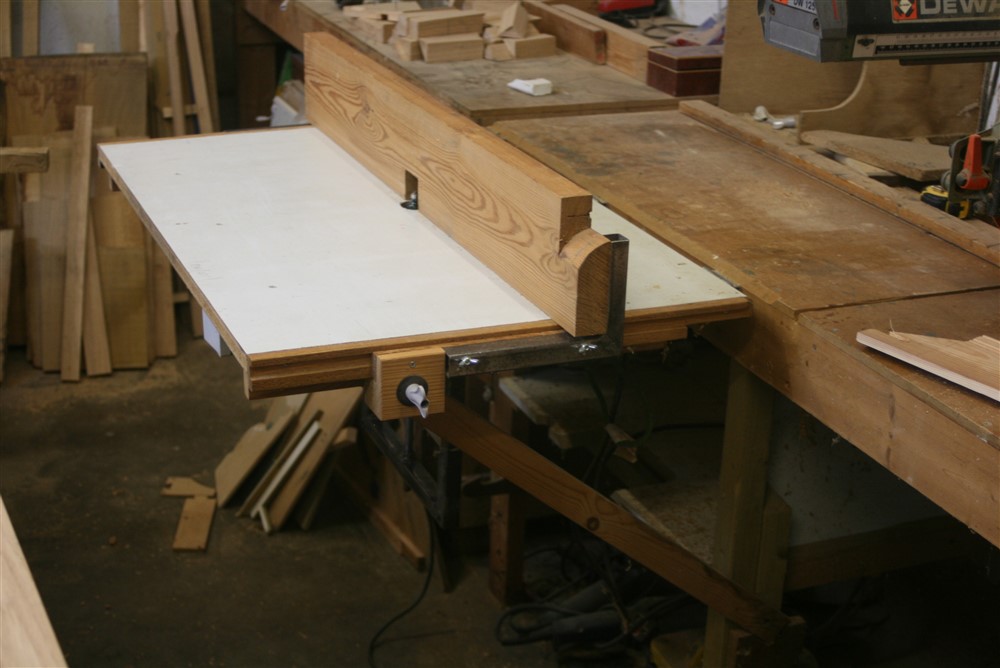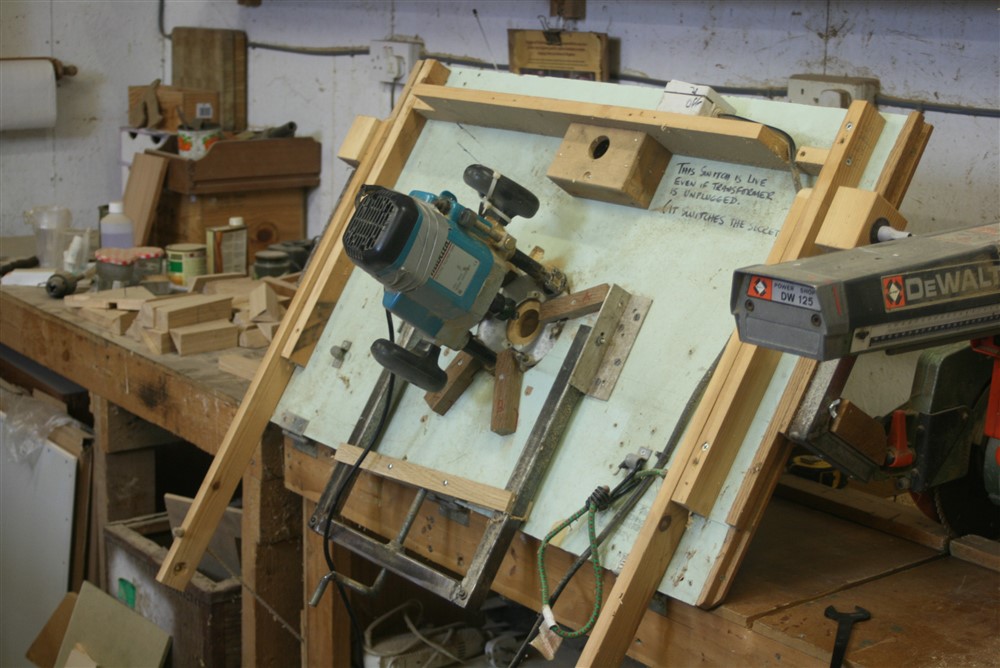Hi all,
New to the forum so please forgive what will no doubt seem like daft questions.
I'd like to build some alcove cupboards and bookshelves (two in fact). I am quite excited about the project and after reading a fair few threads on here I've managed to successfully NOT go out and buy loads of power tools. I'm chalking this up as a win already!
I posted on here a day or so ago and have decided to get myself a plunge/track saw and a router. This would do everything I need as well as enabling me to practice and improve my skills whilst not spending the earth in the process.
I have bought a lightly used Triton MOF001 online which I'm picking up tomorrow. I plan on getting a 1/2" collet with a couple of cutters just to get me started. My question is in regards to setting it up on a table with a fence. I'm more than happy to give this a go but only if my current toolset enables me to do it to a good standard. If not then I would look to buy a table (preferably with a fence) to mount the router to (recommendations welcome in any case). I guess my question now is, do I buy a ready made router table and fence or do I make one? Are there any detailed guides to make a table?
I have a modest set of tools including a Hitachi mitre saw with an upgraded crosscut blade, a set of DeWalt drills, a Makita jigsaw and a Makita circular saw.
Thank in advance for any help.
New to the forum so please forgive what will no doubt seem like daft questions.
I'd like to build some alcove cupboards and bookshelves (two in fact). I am quite excited about the project and after reading a fair few threads on here I've managed to successfully NOT go out and buy loads of power tools. I'm chalking this up as a win already!
I posted on here a day or so ago and have decided to get myself a plunge/track saw and a router. This would do everything I need as well as enabling me to practice and improve my skills whilst not spending the earth in the process.
I have bought a lightly used Triton MOF001 online which I'm picking up tomorrow. I plan on getting a 1/2" collet with a couple of cutters just to get me started. My question is in regards to setting it up on a table with a fence. I'm more than happy to give this a go but only if my current toolset enables me to do it to a good standard. If not then I would look to buy a table (preferably with a fence) to mount the router to (recommendations welcome in any case). I guess my question now is, do I buy a ready made router table and fence or do I make one? Are there any detailed guides to make a table?
I have a modest set of tools including a Hitachi mitre saw with an upgraded crosscut blade, a set of DeWalt drills, a Makita jigsaw and a Makita circular saw.
Thank in advance for any help.


































